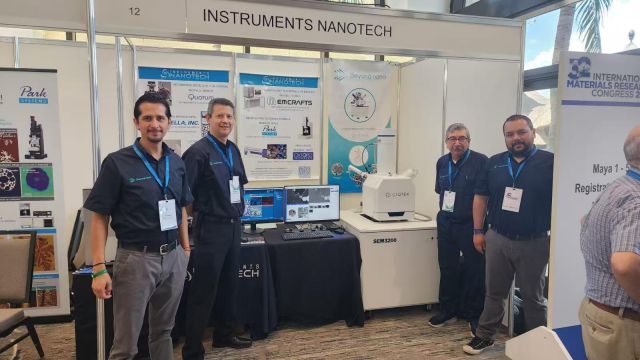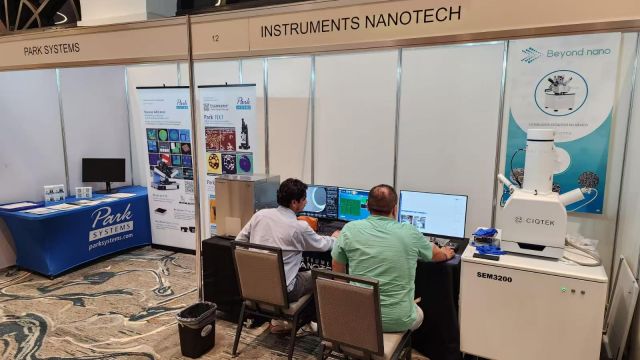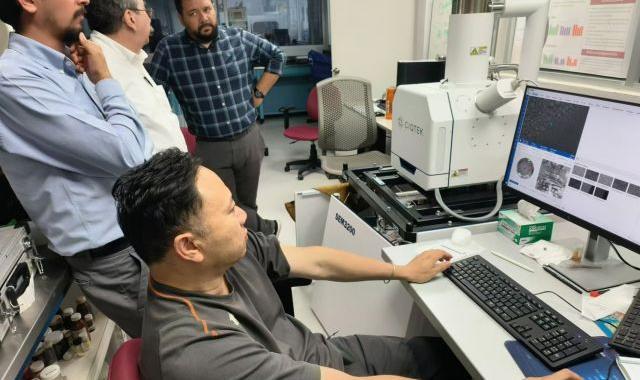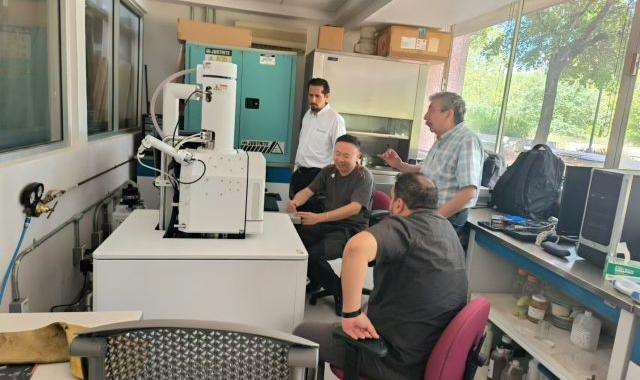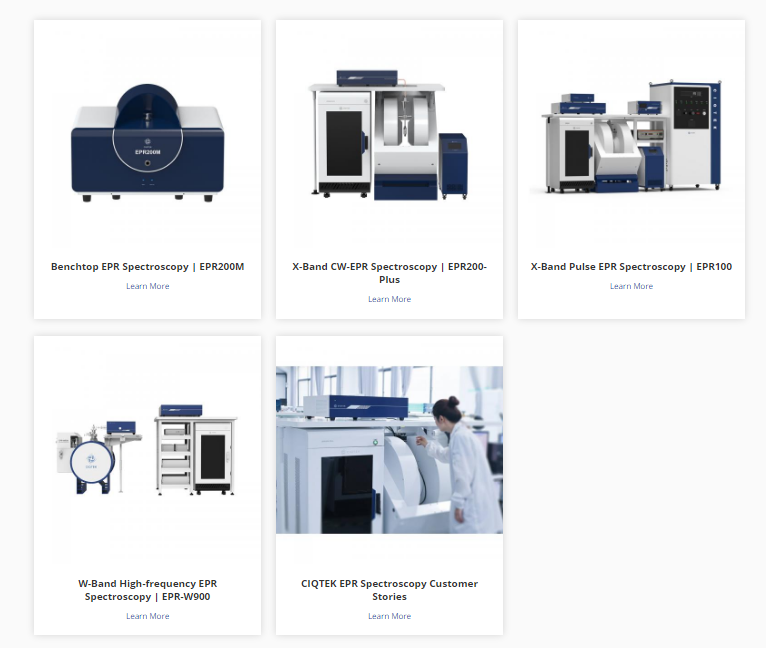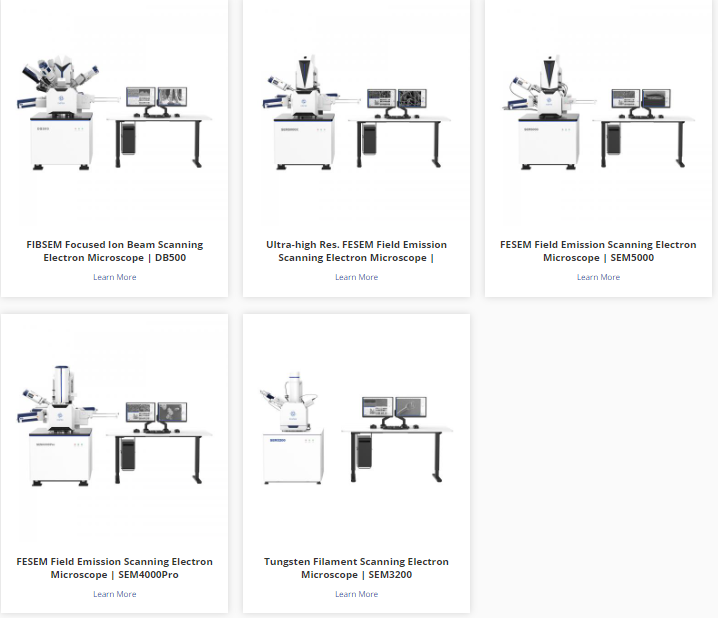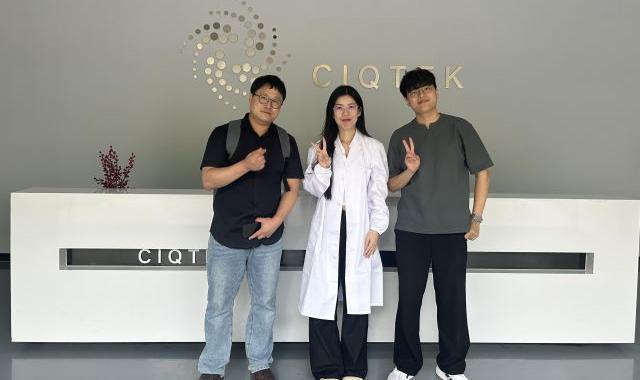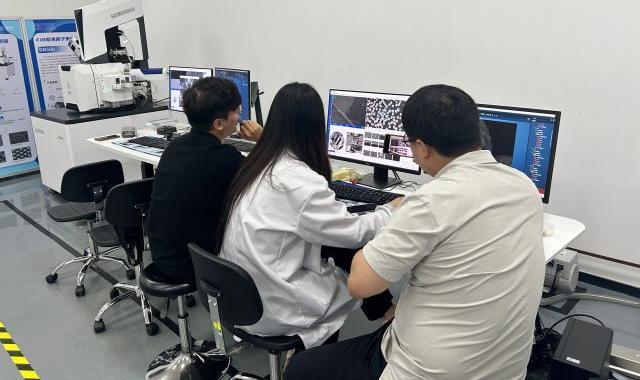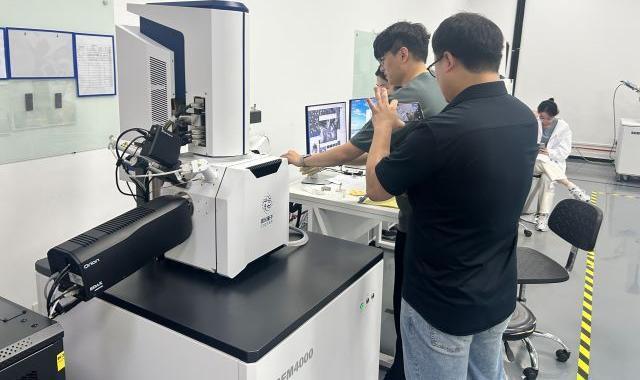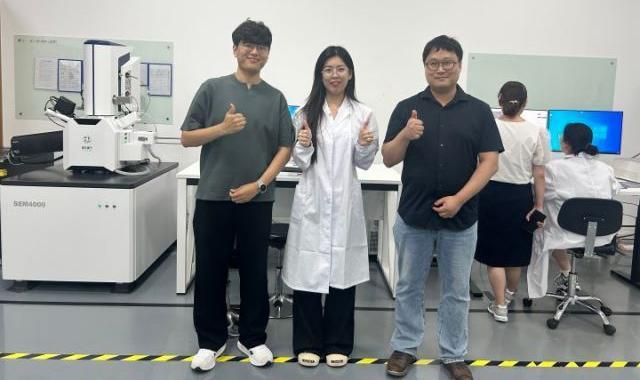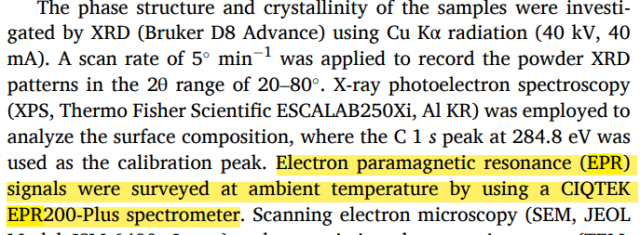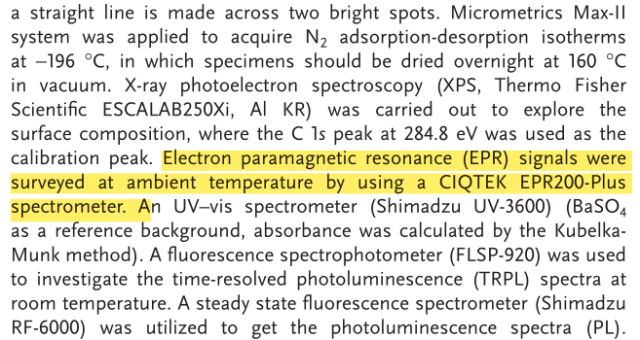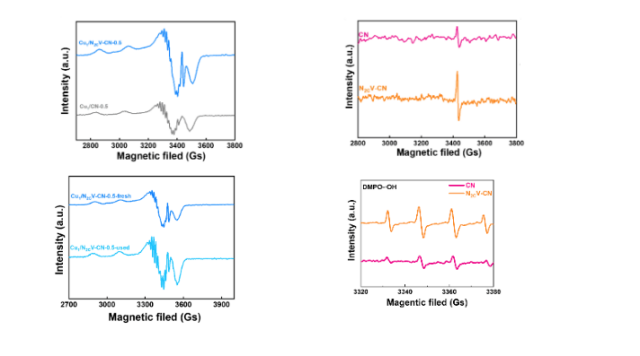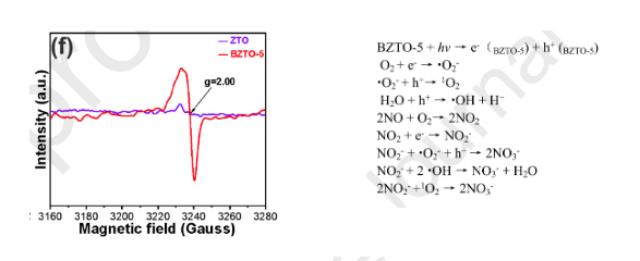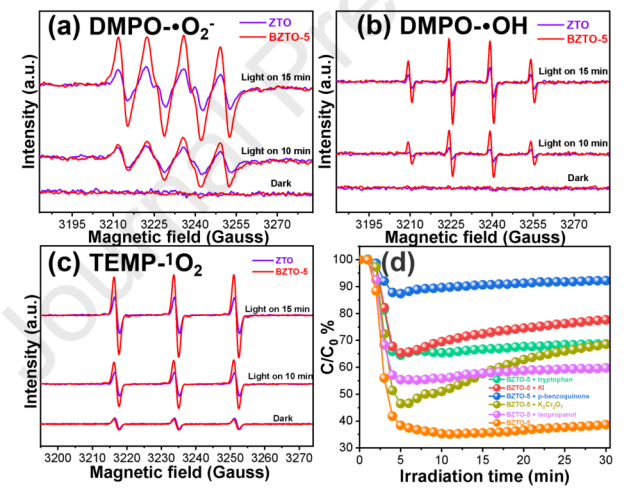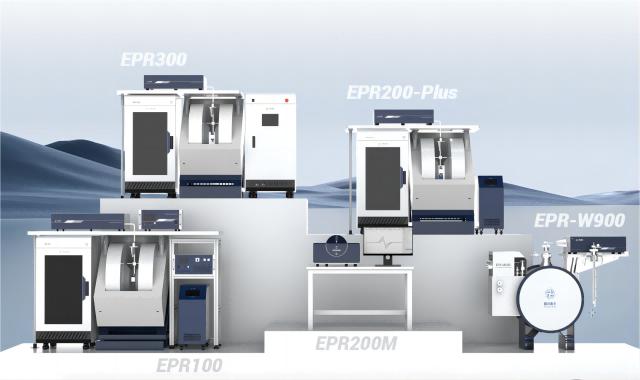How Do ADAS Camera Lenses Enhance Automotive Safety Systems?
In the rapidly evolving automotive industry, safety is paramount. Central to the effectiveness of these systems are ADAS Camera Lenses, which play a critical role in enhancing vehicle safety.
The Role of ADAS Camera Lenses in Automotive Safety
ADAS Camera Lenses are specifically designed to support advanced safety features such as lane departure warning, collision avoidance, adaptive cruise control, and traffic sign recognition. These lenses provide high-resolution, distortion-free images, enabling the vehicle's computer systems to accurately interpret the surroundings and make real-time decisions.
Integrating Low Distortion Lenses for Enhanced Performance
Low Distortion Lenses are integral to the effectiveness of ADAS Camera Lenses. By minimizing optical distortion, these lenses ensure that the images captured are true to life, without any warping or inaccuracies. This level of accuracy is vital for the proper functioning of ADAS, as even minor distortions can lead to incorrect interpretations and potentially compromise safety.
Incorporating Low Distortion Lenses into ADAS cameras enhances the system's ability to identify and react to road conditions and obstacles, providing a safer driving experience. As a leading manufacturer and exporter of professional lenses, we prioritize the use of high-quality Low Distortion Lenses in our ADAS solutions to ensure superior performance and reliability.
Electronic Mirror Lenses, also known as digital rearview mirrors, are another innovation that contributes to automotive safety. These lenses capture a clear, wide-angle view of the area behind the vehicle, providing drivers with enhanced visibility compared to traditional mirrors. Electronic Mirror Lenses are particularly useful in reducing blind spots and improving rearview clarity, especially in challenging conditions such as heavy rain or low light.
By integrating Electronic Mirror Lenses into vehicles, manufacturers can offer drivers an advanced safety feature that significantly enhances rear visibility. This technology not only improves safety but also adds a modern touch to vehicle design.
As the automotive industry continues to advance, the role of high-quality optical components like ADAS Camera Lenses, Low Distortion Lenses, and Electronic Mirror Lenses becomes increasingly important. These lenses are at the heart of modern safety systems, enabling vehicles to navigate the roads with greater precision and awareness.
At our company, we are committed to providing top-tier lens solutions that meet the highest standards of performance and reliability. By choosing our ADAS Camera Lenses, you are investing in technology that enhances safety and drives innovation. Contact us today to learn more about our products and how we can support your automotive needs.

